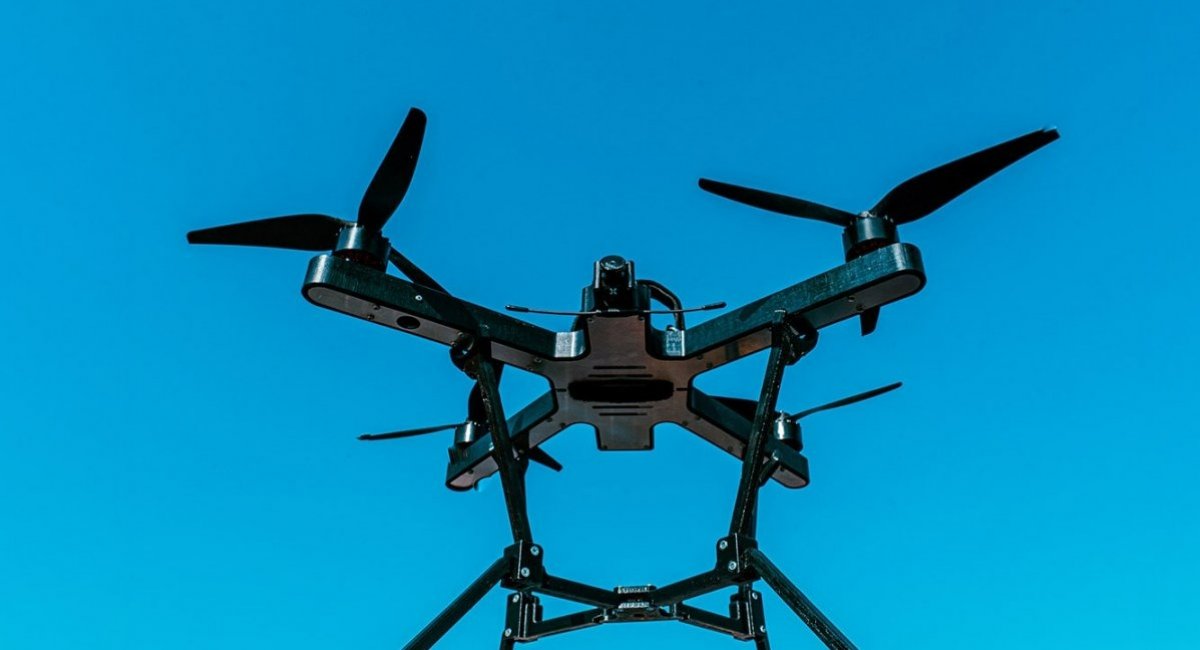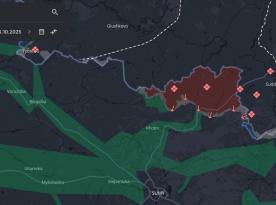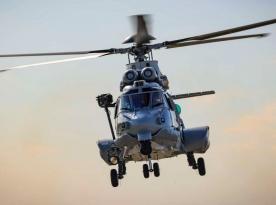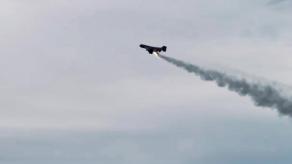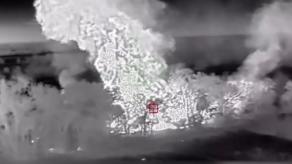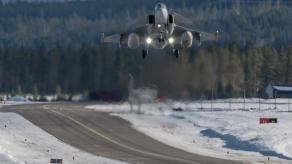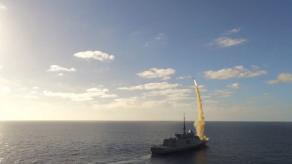Unparalleled and highly effective, the June 1 strike launched by the Security Service of Ukraine against russian strategic aviation in the deep rear of the enemy territory, thousands of kilometers from Ukraine, was delivered by the Osa first-person-view (FPV) drones from First Contact. Defense Express inferred this based on the design solutions and the characteristic shape of the drone's frame.
The photos depicting preparations to the operation on russian territory, show drones in their hidden launch nests under the roof of fake houses, which were delivered to the vicinity of russian airfields by trucks.
Read more: SSU Operation Pavutyna: How Ukraine Dealt a Devastating Blow to russia’s Strategic Aviation

Osa is known as one of the few FPV drones that has a noticeably thick and massive closed frame, where all the drone electronics are located and all the wires are routed. Because of this, the power port is fixed, and not brought out on wires, and one of the antennas is located in the front near the camera, and not in the usual spot in the tail.
At the same time, the absolute majority of other drone manufacturers run all the cables through the top and use a "skeletal" frame instead of a solid one.
Considering the complexity of this plan, which needed to work out in any weather conditions, and the drones had to survive a trip in a truck on notoriously rough russian roads, the choice of the strongest closed structure is quite logical.
Also, the drones prepared for the mission were additionally equipped with skids to ensure the start — perhaps, they contained an ignition mixture. Important to add, the final preparation of the drones for use still had to take place on the territory of russia.
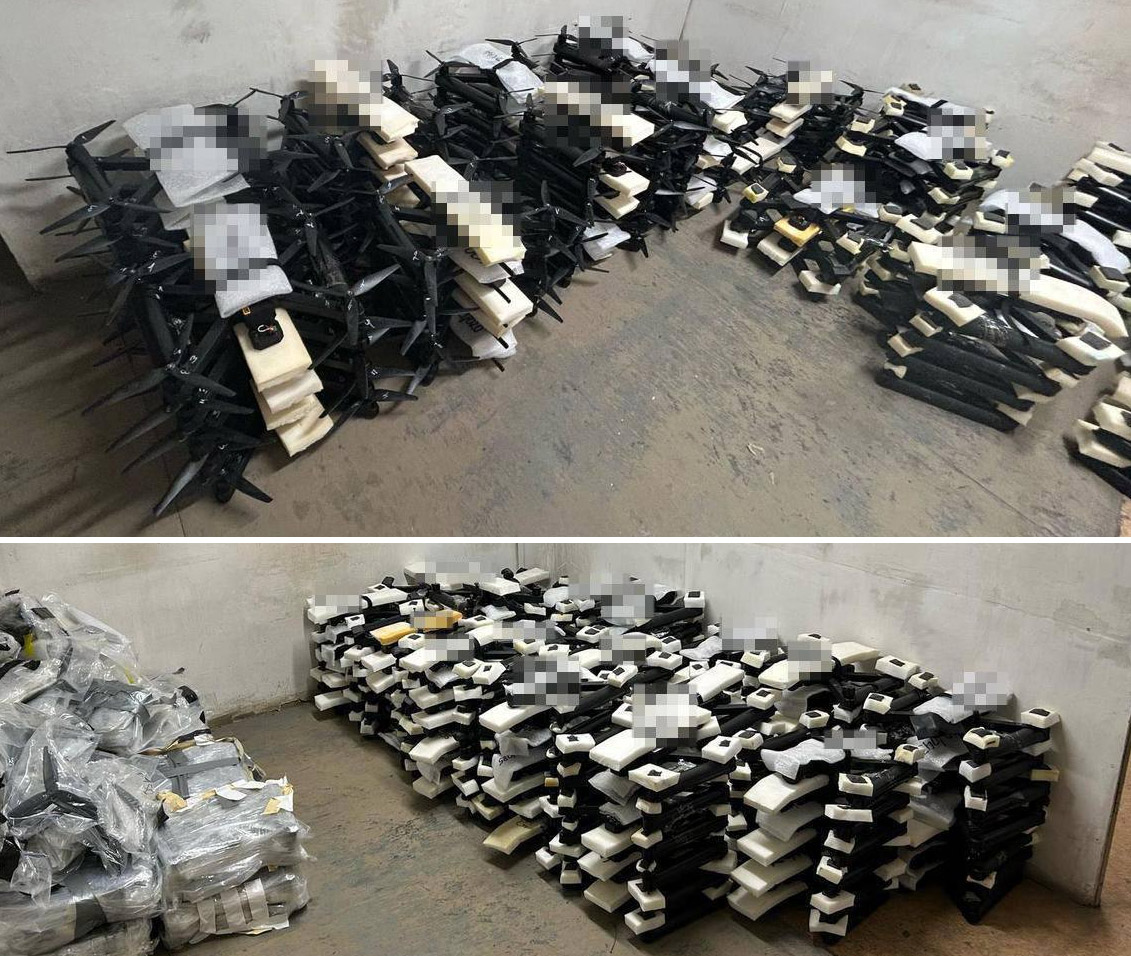
According to the system specifications disclosed by the manufacturer, the Osa FPV drone has the ability to lift up to 3.3 kg of payload and stay in the air for up to 15 minutes. The drone also can accelerate to 42 m/s (up to 150 km/h), allowing it to reach the target despite stormy winds, which also speaks to the reasons for choosing this particular model.
Moreover, there is an allegation that the drones, used in the attack on Tu-95MS, Tu-160 and Tu-22M3 at russian air bases, had elements of artificial intelligence to detect, identify, and target critical vulnerable spots of the aircraft.
First Contact is known to have already been conducting research and testing drones with AI as early as January 2024. That is, the manufacturer potentially had more than a year to develop and refine working solutions.
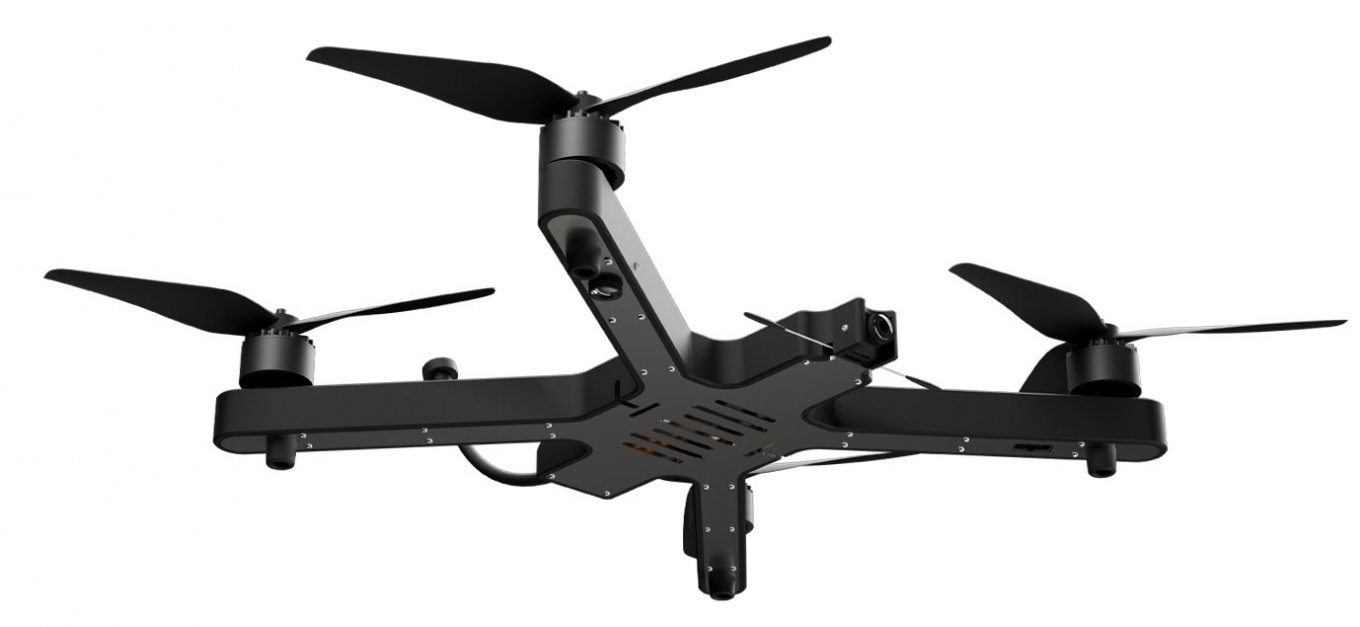
It should be noted that the estimates by SSU say that, with 117 FPV drone strikes within Operation Spider's Web, the russians lost $7 billion and 34% of all enemy cruise missile carriers in strikes on strategic bombers at the Olenya, Belaya and other airfields.
Defense Express also additionally turned to its own sources with a request to confirm this assumption and received a response stating that it was highly likely that the Osa UAVs from First Contact were used to strike russian strategic airfields.
Read more: Ukraine's First Contact Company is Developing A.I.-Powered Aerial Attack Drones



